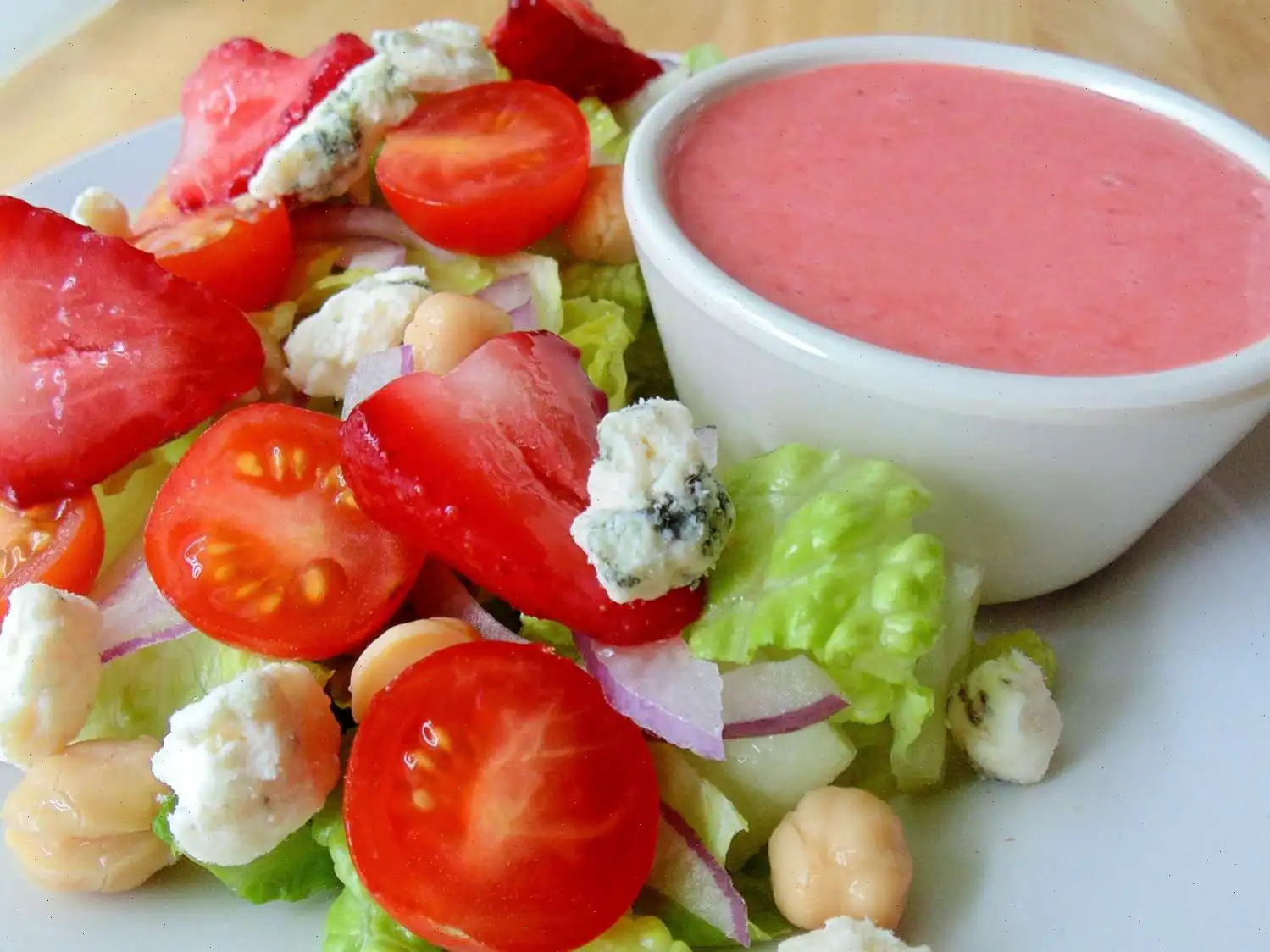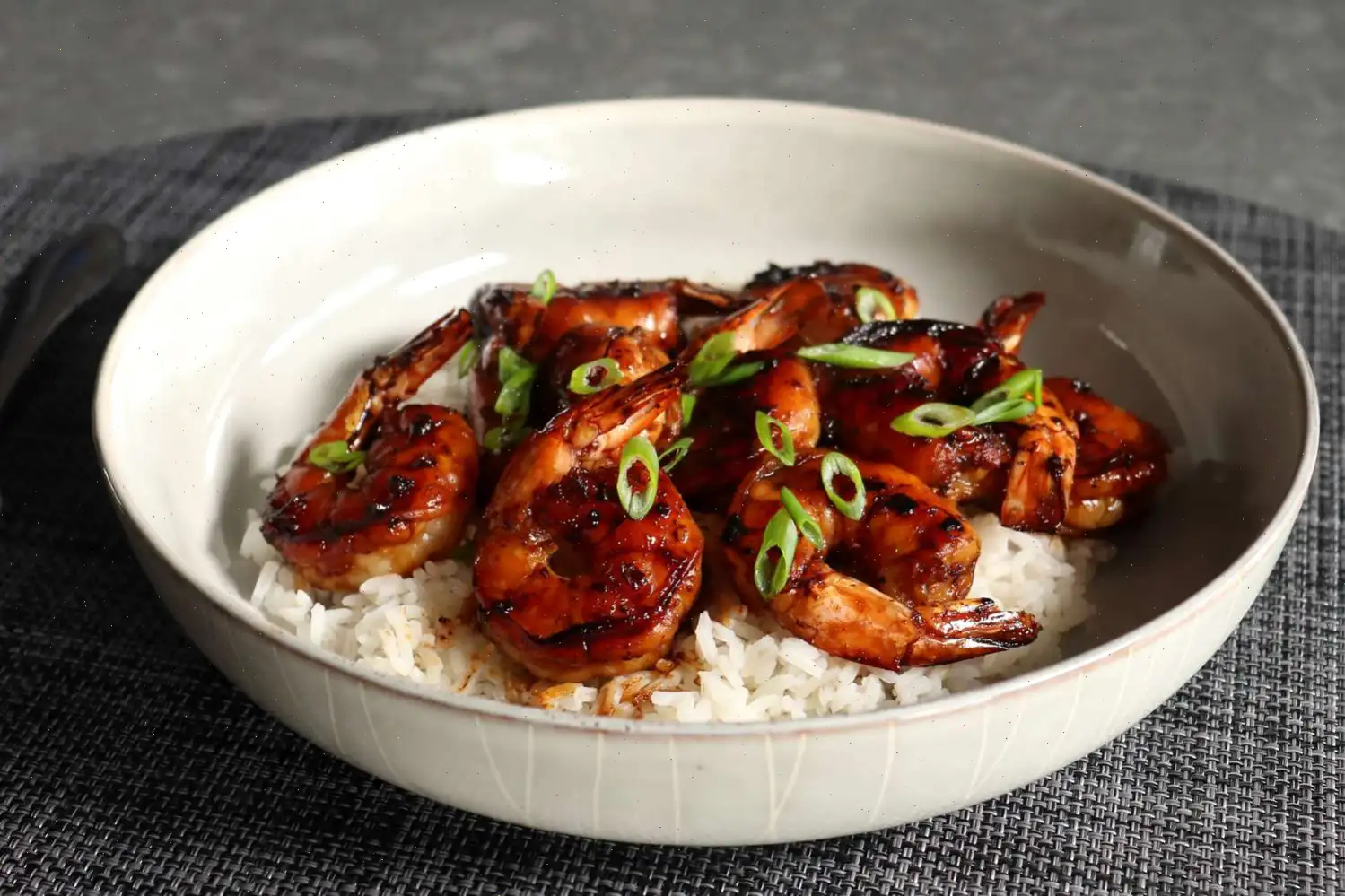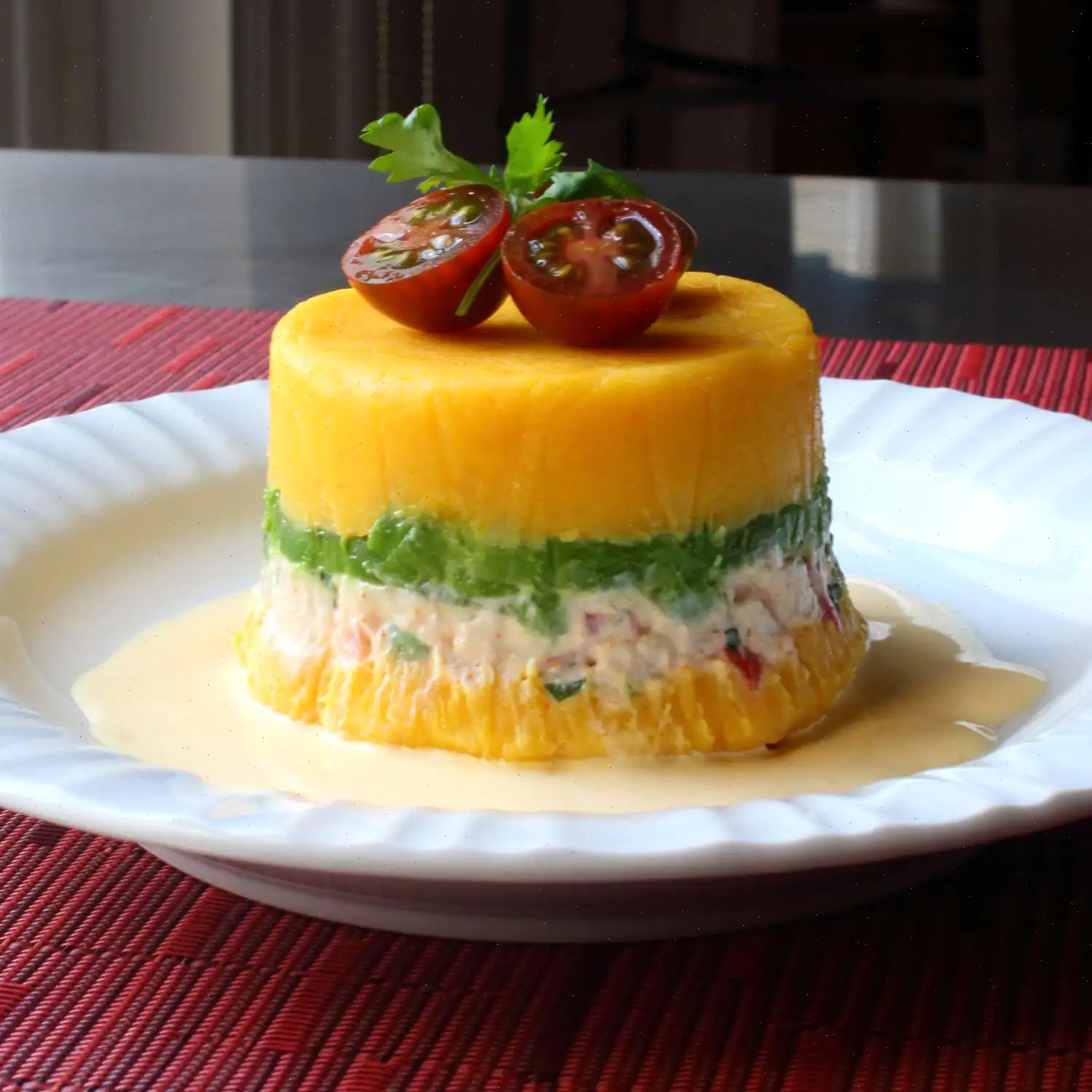
Grilled Halibut Foil Packs Recipe
This easy-to-make grilled halibut recipe combines fresh vegetables, perfectly seasoned fish, and delicious herbs. Its a great way to cook fish on the grill without the mess, all packed in individual foil packets for a flavorful, tender meal!
Ingredients
- 2 (12x18 inch) pieces heavy-duty aluminum foil
- Olive oil cooking spray
- 4 thin slices red onion
- 1 small zucchini, sliced crosswise
- 10 cherry tomatoes, halved lengthwise
- 1/2 cup frozen yellow corn kernels, thawed
- 4 thin slices fresh garlic (or to taste)
- Sea salt and freshly ground black pepper to taste
- 2 (7 ounce) skinned halibut fillets, 1 to 1 -inch thick
- 2 tablespoons mayonnaise
- 1 teaspoon Italian herb seasoning blend
- 2 tablespoons white wine
- 4 thin slices lemon
- 4 sprigs fresh thyme (or to taste)
Directions
- Preheat an outdoor grill to 400F (200C).
- Spray each piece of foil with olive oil cooking spray.
- In the center of each foil square, layer 2 slices of red onion, half of the zucchini slices, half of the cherry tomatoes, and half of the corn kernels.
- Scatter half of the garlic slices over the vegetables, then lightly season with sea salt and freshly ground black pepper.
- Pat the halibut fillets dry with paper towels and place one fillet in the center of each packet.
- Brush each fillet with a thin layer of mayonnaise, season lightly with salt and pepper, and sprinkle with Italian seasoning blend.
- Drizzle 1 tablespoon of dry white wine over each packet.
- Top each fillet with 2 slices of lemon and scatter a few sprigs of fresh thyme over the vegetables and fish.
- Bring the edges of the foil together, fold over twice, and press tightly along the folds to seal the packets. Leave a small amount of space inside each packet for steam to form.
- Place the foil packets directly on the preheated grill. Close the lid and grill for about 10 minutes per inch of fillet thickness.
- Remove the packets from the grill and let them rest for about 5 minutes before opening.
- Check the fishs internal temperature with an instant-read thermometer it should read 145F (63C) at the thickest part.
- Carefully open the foil packets on serving plates, being cautious of the hot steam.
Cooks Notes
This recipe makes 2 servings, but you can easily increase the ingredient amounts to serve more people. You can also prepare the foil packets in advance just assemble and refrigerate for up to 24 hours. Start the grill about 20 minutes before you're ready to cook.
Nutrition Facts (per serving)
| Nutrition | Amount | % Daily Value |
|---|---|---|
| Calories | 524 | |
| Total Fat | 16g | 20% |
| Saturated Fat | 3g | 13% |
| Cholesterol | 125mg | 42% |
| Sodium | 263mg | 11% |
| Total Carbohydrate | 55g | 20% |
| Dietary Fiber | 14g | 49% |
| Total Sugars | 19g | |
| Protein | 52g | 104% |
| Vitamin C | 200mg | 222% |
| Calcium | 188mg | 14% |
| Iron | 5mg | 28% |
| Potassium | 2008mg | 43% |
Note: Nutritional information may vary based on specific ingredients used. Percent Daily Values are based on a 2,000 calorie diet. If you are following a medically restrictive diet, consult a doctor or dietitian before preparing this recipe.
The Origins of Grilled Halibut Foil Packs
Grilled Halibut Foil Packs trace their roots to a blend of American grilling traditions and European seafood techniques. The method of cooking fish in foil, also known as en papillote in French cuisine, was adapted in the United States to suit outdoor barbecues and summer cookouts. This approach preserves the delicate texture of halibut, a firm and mild-flavored fish native to the northern Pacific and Atlantic oceans. By wrapping the fish with fresh vegetables and herbs, early American cooks discovered a way to infuse flavor while retaining moisture, creating a dish that is both visually appealing and nutritionally balanced.
Regional Variations
While the basic concept of foil-packed fish is widespread across the U.S., regional variations bring unique flavors. In the Pacific Northwest, chefs often incorporate locally harvested wild halibut, smoked salmon, and seasonal vegetables such as fiddlehead ferns. Coastal New England versions might include butter, fresh dill, and corn harvested in late summer, emphasizing the region's bounty. Southern adaptations occasionally add a splash of citrus or a light Cajun seasoning, giving the dish a subtle spicy twist. Each regions produce and seafood availability shape the flavor profile, making this seemingly simple dish a versatile canvas for local ingredients.
Differences from Similar Dishes
Grilled Halibut Foil Packs differ from traditional baked or pan-seared halibut primarily in cooking method and flavor infusion. Unlike baked halibut, which is exposed to dry heat, foil packs trap steam, preventing the fish from drying out and allowing flavors to meld more thoroughly. Compared to foil-wrapped salmon or cod, halibut has a firmer texture that withstands grilling without flaking apart, making it ideal for outdoor preparation. The addition of vegetables, herbs, and a hint of white wine distinguishes it from simple grilled fish fillets, offering a complete, flavorful meal in a single serving.
Typical Serving Contexts
Grilled Halibut Foil Packs are commonly served at summer barbecues, seaside picnics, and casual backyard gatherings. Restaurants along coastal areas also feature them as a light entre paired with seasonal vegetables, rice, or a crisp white wine. The dishs elegant presentation, with foil packets opened at the table to release fragrant steam, makes it popular in both casual and fine dining settings. It is also a favorite for health-conscious diners due to its high protein content, low fat, and inclusion of fresh produce.
Interesting Facts
- The foil pack technique became widely popular in the U.S. during the 1960s, coinciding with the rise of home grilling culture.
- Halibut is one of the largest flatfish species, and its name is derived from holy and butt, as it was traditionally eaten on Catholic holy days.
- Cooking in foil allows for steam cooking, which helps retain water-soluble vitamins like vitamin C, often lost in conventional baking.
- The dish is naturally gluten-free and can easily be adapted for paleo or keto diets.
- Using fresh herbs like thyme and lemon not only enhances flavor but also adds aromatic compounds that improve digestion and appetite stimulation.
You can listen to this recipe in AI audio format. Simply click the play button below to listen to the content in a format that suits you best. It’s a great way to absorb information on the go!








